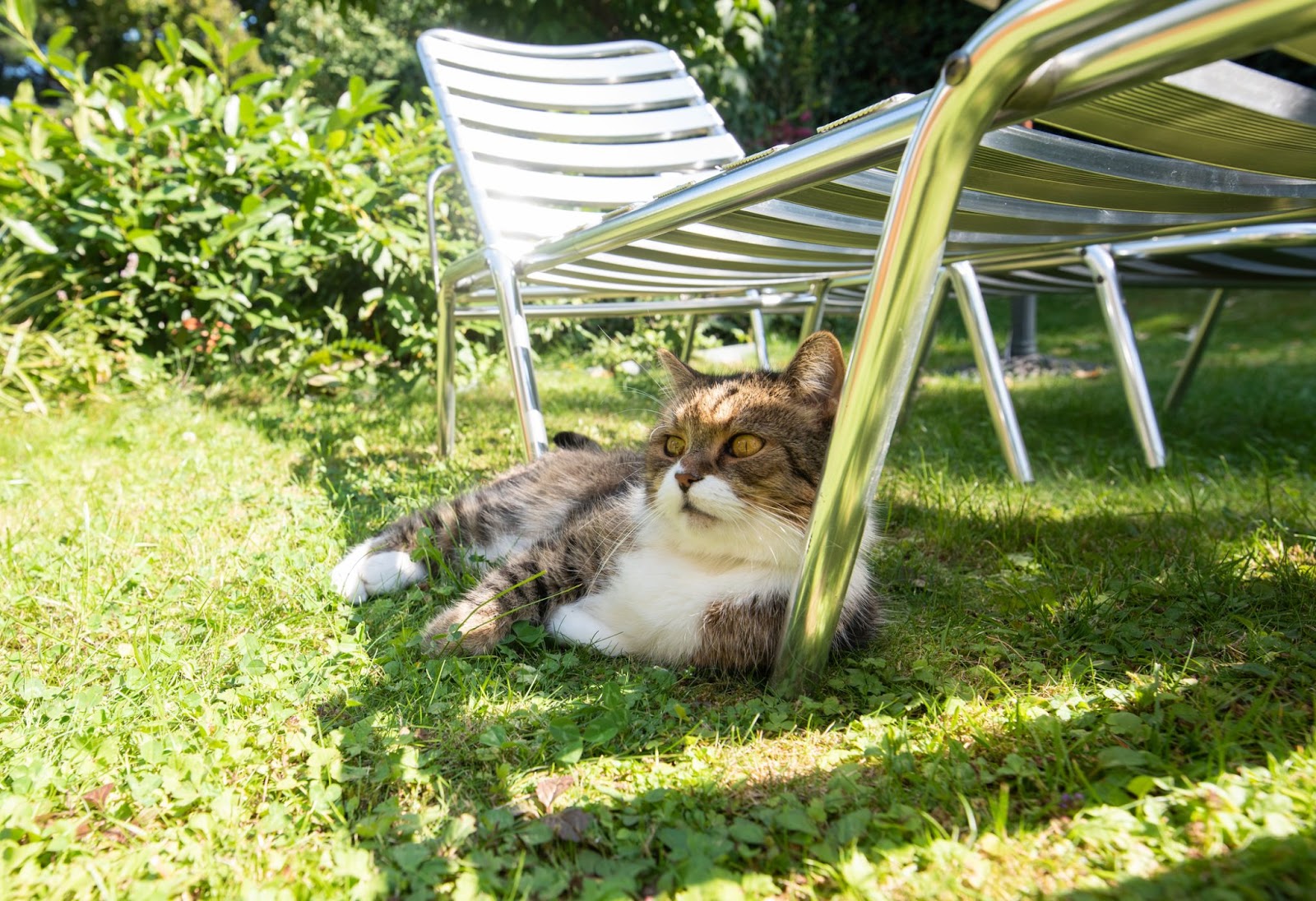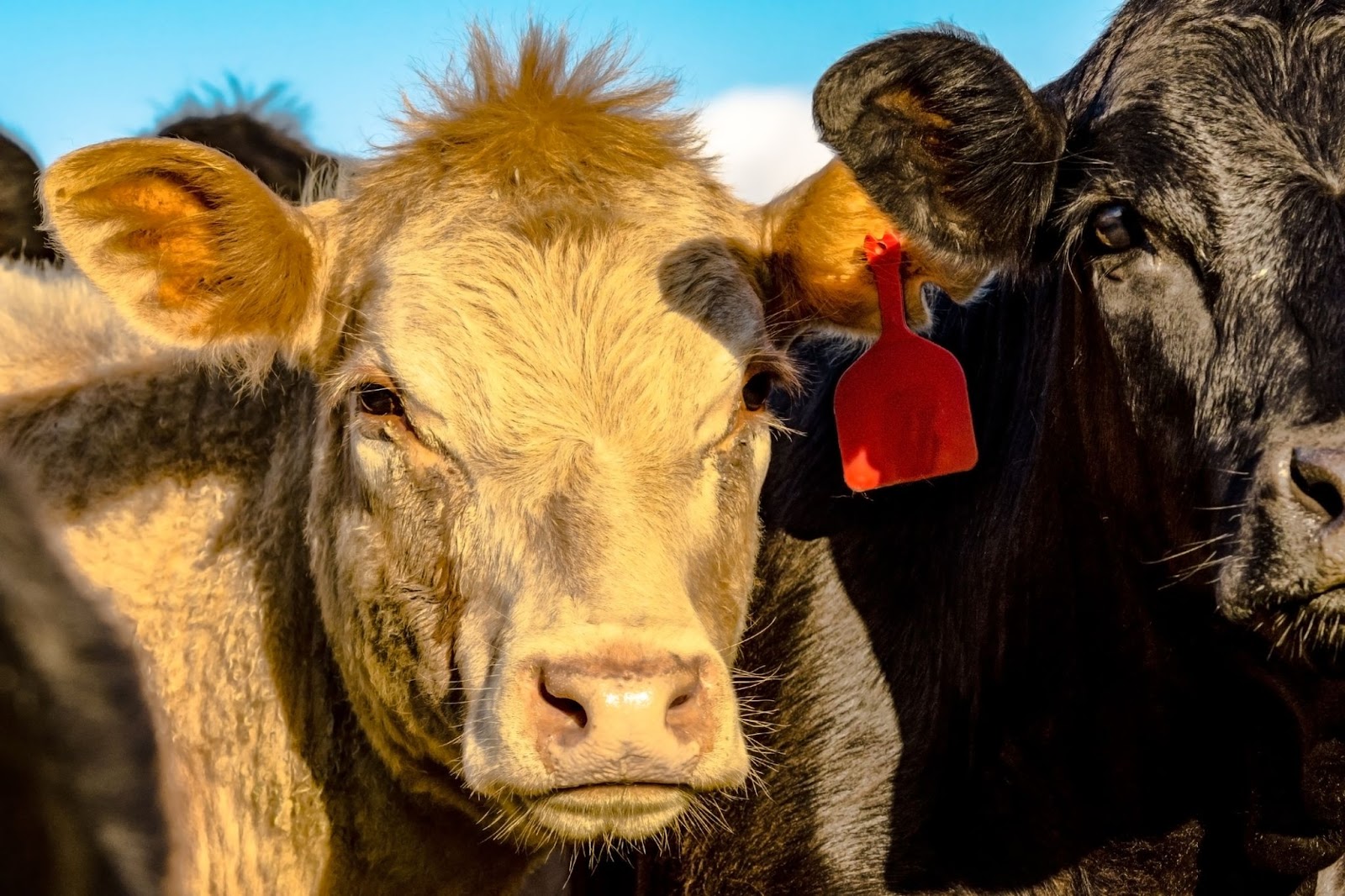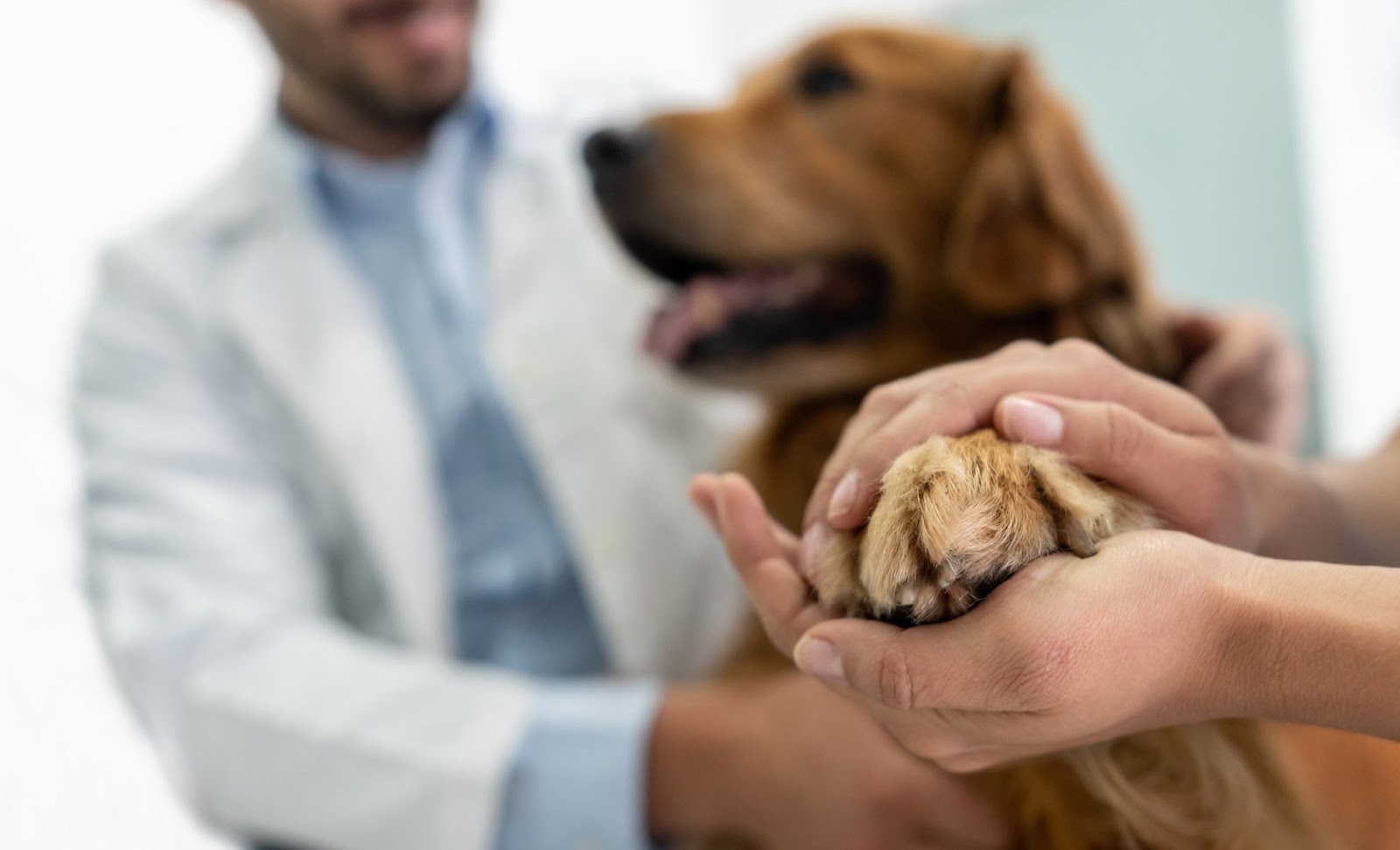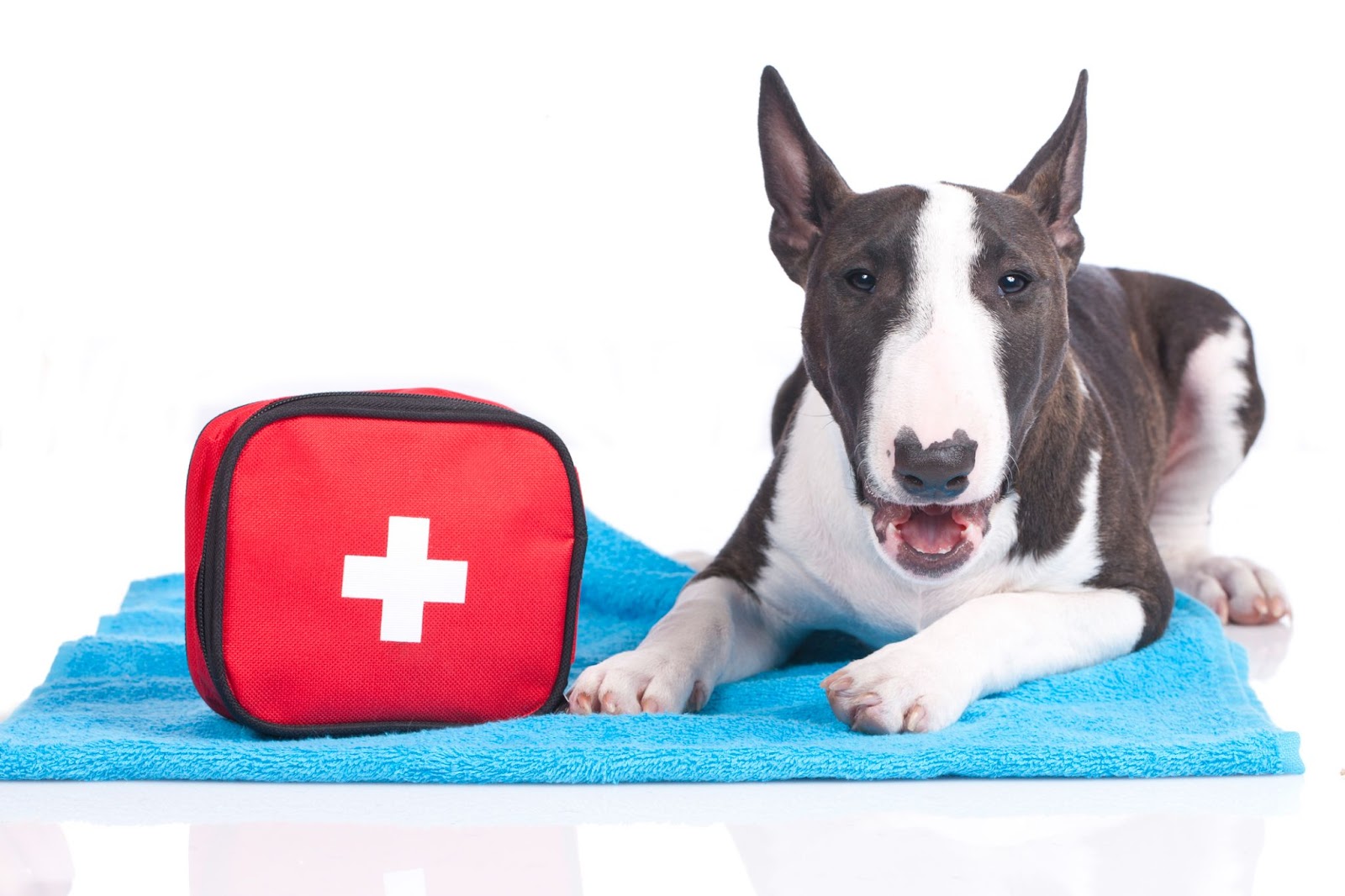Summer in Texas isn’t just hot, it’s blistering, blazing, tail-waggingly intense. While we two-legged folks can duck into the AC and grab an iced tea, our furry companions don’t have it quite so easy. That’s where you come in.
Here at Sinton Vet Clinic, we know just how vital it is to keep pets cool in Texas heat. This time of year, the risk of heatstroke, paw pad burns, dehydration, and serious health scares goes through the roof. Whether your pet’s idea of a good time is chasing tennis balls or snoozing in a sunny window, they depend on you to keep them safe and cool.
This guide is packed with practical, easy-to-follow tips that will help your pets breeze through the hottest months in comfort. And if you ever need a little extra help? We’re just a phone call away. The caring veterinary team at Sinton Vet Clinic is always ready to help you build a personalized summer care plan that keeps tails wagging, whiskers twitching, and hearts happy.
Let’s dive into everything you need to know about how to keep pets cool in Texas heat!
Why Pets Struggle in the Texas Heat
Unlike people, pets can’t just crank up the AC or take a cold shower. Dogs cool off mainly by panting, and cats groom themselves to reduce heat. These methods don’t always work well when it’s scorching and humid, which are two things Texas summers are known for. Some pets are especially vulnerable, including flat-faced breeds like Bulldogs and Persians, older pets, overweight animals, and those with thick fur coats.
Pets with heart or respiratory conditions also face increased risks when temperatures spike. And even healthy pets can run into trouble if they’re left outside too long or don’t have access to water and shade. Their natural cooling systems just aren’t built for triple-digit temperatures.
We often treat pets at Sinton Vet Clinic who are struggling with heat-related issues simply because their owners didn’t realize how quickly things can get dangerous. That’s why learning how to keep pets cool in Texas heat is so important. Even just a few minutes in extreme conditions can lead to a medical emergency.
Know the Signs: What Overheating Looks Like
Before we get into how to keep your pet cool, let’s talk about what trouble looks like. The earlier you spot the signs of heat stress, the faster you can help. Recognizing the symptoms of overheating is crucial to avoiding serious complications down the road.
Look out for:
- Heavy panting that doesn’t stop
- Drooling more than usual
- Lethargy, weakness, or unresponsiveness
- Vomiting or diarrhea
- Red, pale, or grayish gums
- Rapid heart rate or trouble breathing
- Stumbling, confusion, or collapse
Heat exhaustion can quickly lead to heatstroke, which is a life-threatening condition. If your pet shows any of these symptoms, move them somewhere cool, offer a bit of water, and contact the expert team at Sinton Vet Clinic or an emergency vet right away. Quick action could save your pet’s life.
How to Keep Pets Cool in Texas Heat: Tried-and-True Tips
1. Keep Water Flowing
Hydration is everything. Make sure your pet always has access to fresh, cool water both inside and outside. Change the water frequently, especially if it’s outside in the sun. You can even add ice cubes or make frozen treats from low-sodium broth or pet-safe fruits to keep them interested in drinking.
Use multiple bowls in different areas of your home and yard so your pet always has water within reach. If you’re on the go, bring a portable water bottle and collapsible bowl for walks, car rides, or trips to the park. Dehydration can sneak up quickly, so being proactive makes a big difference.
2. Time Outdoor Adventures Wisely
Skip midday walks and play sessions. Instead, head out early in the morning or after sunset when it’s cooler. Hot pavement can burn your pet’s paws, so try walking on grass or shaded trails. A good rule of thumb is to test the ground with your hand. If it’s too hot for your skin, it’s too hot for their paws.
In addition to shorter walks, try to avoid intense exercise during the heat of the day. Play games like fetch or tug-of-war indoors, or simply take it easy with a slow stroll in a shady area. Keeping pets cool in Texas heat often means adjusting your routine to work with the weather, not against it.
3. Create a Chill Zone
If your pet spends time outside, make sure they have a shady spot to retreat to. Use umbrellas, tarps, shade sails, or covered patios to block the sun. Dog houses aren’t ideal since they trap heat rather than provide ventilation. Cooling mats, fans, or elevated beds can also help keep pets cool in Texas heat.
For pets that prefer being indoors, designate a specific area that stays extra cool during the day. Use curtains or blinds to keep sunlight out, run a fan, and provide soft bedding or a cooling mat where they can rest.
4. Never Leave Pets in Cars
It only takes minutes for a parked car to become dangerously hot, especially during a Texas summer. According to the American Veterinary Medical Association (AVMA), when it’s 85°F outside, the temperature inside a vehicle can reach 102°F within just 10 minutes. In 30 minutes, it can rise to 120°F or more. That kind of heat puts pets at serious risk for heatstroke, organ failure, or even death. Even if the windows are slightly open or the car is parked in the shade, it doesn’t make the situation safe. A few minutes can make a deadly difference.
If you’re running errands, it’s best to leave your pet at home in a cool, safe space. If you see an animal left alone in a vehicle, contact animal control or the police immediately. The most important thing to remember is this: never leave your pet in a parked car, no matter how quick the stop may seem. The risk simply isn’t worth it.
5. Bring the Fun Indoors
Just because it’s hot outside doesn’t mean your pet has to be bored. Try puzzle toys, treat-dispensing games, or a quick training session to keep them mentally active while staying cool. Consider hiding treats around the house for a fun scent-hunting game, or use interactive feeders to turn mealtime into a mental workout.
Indoor play helps keep pets cool in Texas heat without sacrificing enrichment and exercise. Rotate toys regularly to keep things interesting and avoid cabin fever. You can even schedule short play sessions throughout the day to give your pet something to look forward to while keeping their body temperature in a safe range.
6. Try Pet-Safe Cooling Gear
Cooling vests, bandanas, and mats are excellent tools for beating the heat. These products are designed to absorb and evaporate moisture to help regulate your pet’s body temperature. Make sure anything you use is made specifically for pets, and never apply ice packs directly to their skin.
Some pets also enjoy light misting from a spray bottle, especially if they’re resting under a fan. Always monitor your pet’s comfort and don’t force them to wear anything that stresses them out.
7. Brush Regularly
Brushing helps remove extra fur and improves airflow through their coat. Some long-haired breeds might benefit from a summer trim, but don’t shave them completely. Their fur actually helps regulate temperature and provides some sun protection.
Our veterinary team is happy to offer grooming tips tailored to your pet’s breed and coat type. Regular grooming not only keeps your pet more comfortable in the heat, but it also gives you the chance to spot skin issues, ticks, or irritations before they become serious problems.
8. Keep the Indoors Cool
Run a fan or keep the AC going when it’s especially hot. Close blinds or curtains during the day to reduce the amount of heat coming in. Create a cool retreat for your pet with a fan, cooling mat, or even a damp towel to lie on. Some pets enjoy lying on tile or linoleum floors because they stay cooler than carpet.
If you don’t have air conditioning, try using fans in combination with frozen water bottles placed in front of them to create a makeshift cooling system. Keeping pets cool in Texas heat sometimes calls for a little creativity.
9. Watch Their Paws
Sidewalks, patios, and roads can get dangerously hot. Do the five-second test: place the back of your hand on the surface. If it’s too hot for your hand, it’s too hot for your pet’s paws. High temperatures can cause painful burns in just a few seconds, especially on dark pavement that absorbs and retains heat more quickly than lighter surfaces.
Protective booties can help, or stick to shaded grassy areas when going for walks. Try to avoid newly paved roads or dark asphalt, which absorbs and holds heat longer than concrete or lighter surfaces.
By following these tried-and-true tips, you’ll not only help your pets stay safe and comfortable, but you’ll also strengthen the bond you share. Keeping pets cool in Texas heat takes intention and awareness, but your efforts truly make a difference in their well-being.
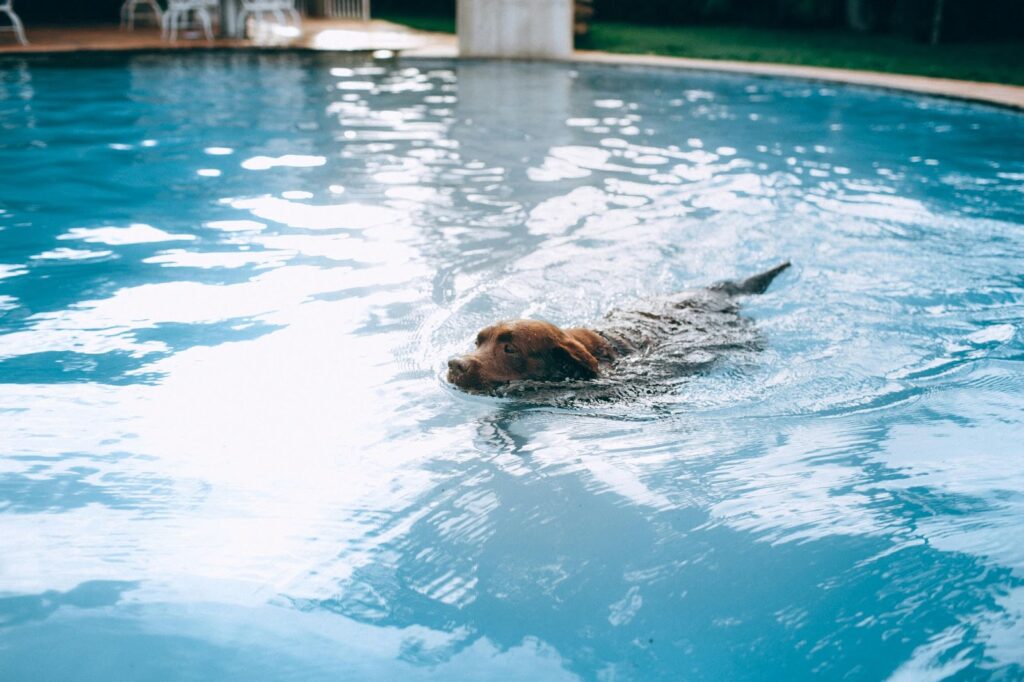
Tailored Tips for Different Pets
Dogs: Our canine companions love being outside, but they need extra care in extreme heat. Stick to shady walks, take breaks often, and avoid overexertion. Flat-faced breeds like Pugs, Frenchies, and Bulldogs need close monitoring in warm weather. Always bring water and rest in the shade during outings. Consider dog-safe sunscreen for pets with light or thin coats, and watch for signs of fatigue or overheating. Your dog may be eager to keep going, but it’s your job to help them pace themselves.
Cats: Even indoor cats can get overheated. Give them access to cool surfaces like tile floors, and create cozy hideouts away from sunny windows. Provide fresh water in multiple spots and use a fan to keep air moving in rooms they frequent. Some cats love frozen toys or licking ice cubes made from tuna water or diluted broth. Just be sure any treats are safe and free from harmful ingredients. If your cat seems sluggish or is hiding more than usual, it may be too warm for their comfort.
Large Animals and Livestock: When it comes to big animals with big personalities, the Texas heat can be just as challenging as it is for house pets, sometimes even more. Horses, cattle, goats, and other livestock spend a lot of time outdoors and can easily overheat if they don’t have the right setup. Clean, cool water and ample shade are must-haves. If natural shade is limited, consider using shade cloths or setting up shelter structures in open pastures. Try to schedule labor-intensive activities like moving, trailering, or working animals during the early morning or late evening hours when temperatures are less intense. Always be on the lookout for signs of heat stress, like excessive panting, foaming, droopy ears, or sluggish movement. If something seems off, move the animal to a cooler area and give us a call. The team at Sinton Vet Clinic is always here to help you manage seasonal livestock care so your larger companions stay just as comfortable and safe as the smaller ones, just give us a call!
Small Animals and Reptiles: Little pets like rabbits, guinea pigs, and reptiles are very sensitive to temperature changes. Keep cages away from sunny windows and add a thermometer to track the room’s temperature. Never point a fan directly at them, but keep the air circulating nearby.You can place a frozen water bottle wrapped in a towel inside their enclosure to create a cooler space. Always check on small pets frequently, especially during heatwaves. At Sinton Vet Clinic, we can help you fine-tune the habitat conditions for exotic pets to make sure they stay cool and safe.
What to Do If Your Pet Gets Too Hot
If you suspect your pet is overheating, stay calm and act fast:
- Get them into a cool spot immediately
- Use cool (not ice-cold) water on their belly and paws
- Let them drink small sips of water
- Don’t dunk them in ice or force water on them
- Call Sinton Vet Clinic or your nearest emergency vet right away
Never wait to see if symptoms go away on their own. Heatstroke can escalate quickly, and the longer you delay, the higher the risk of long-term damage. Your quick action can make all the difference in a full recovery.
Keep Your Pet Cool, Safe, and Happy This Summer
Texas heat can be tough, but with a little preparation and care, your pet can enjoy the summer safely. When you know how to keep pets cool in Texas heat, you’re protecting them from real dangers and showing them just how much they mean to you.
Your pets rely on you for everything, from belly rubs to life-saving choices when the temperatures climb. Every step you take to keep them comfortable makes a difference, and your awareness could be what keeps them safe during a long, hot summer.
Got questions? Need help with a summer safety plan? Reach out to Sinton Vet Clinic today. Whether it’s advice, supplies, or support, we’re here to help your pets thrive, no matter how hot it gets.
